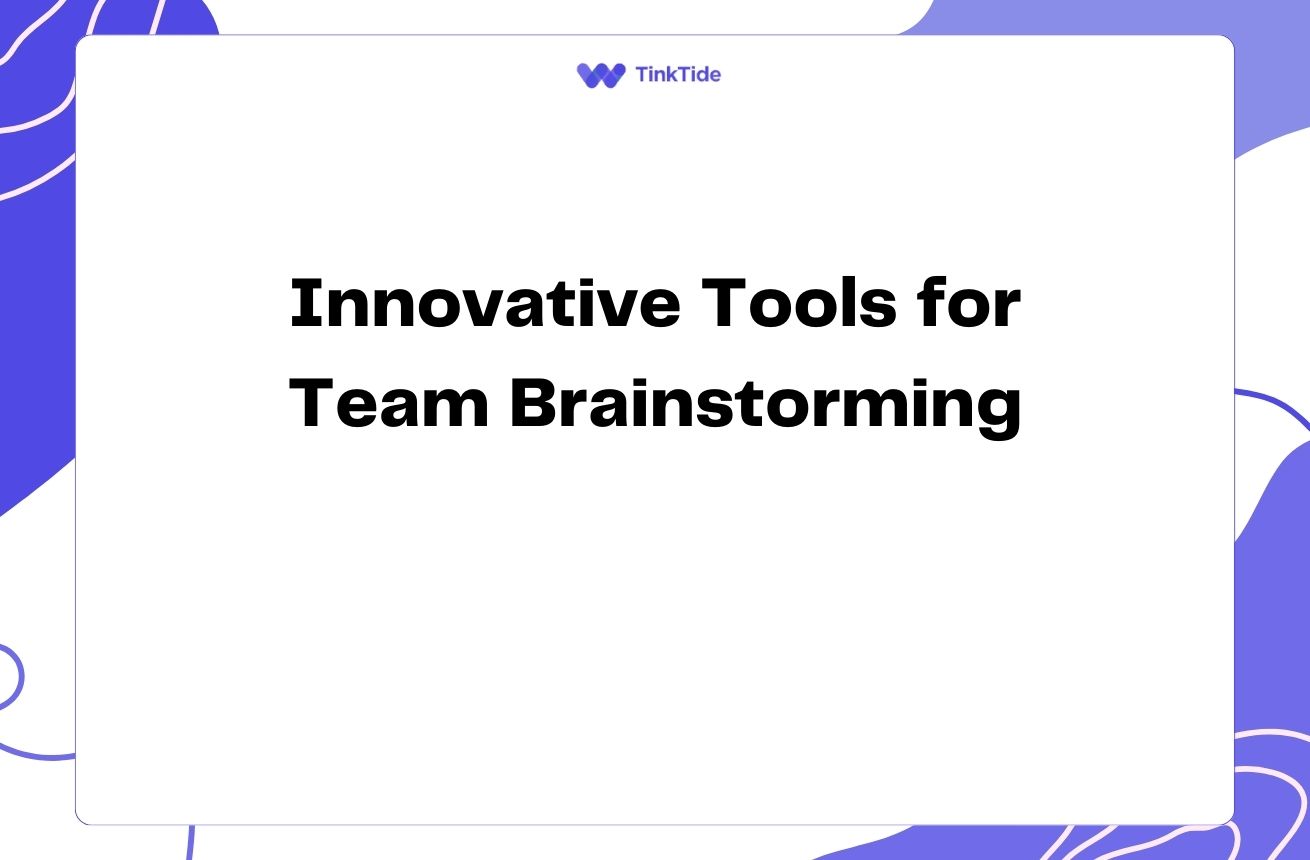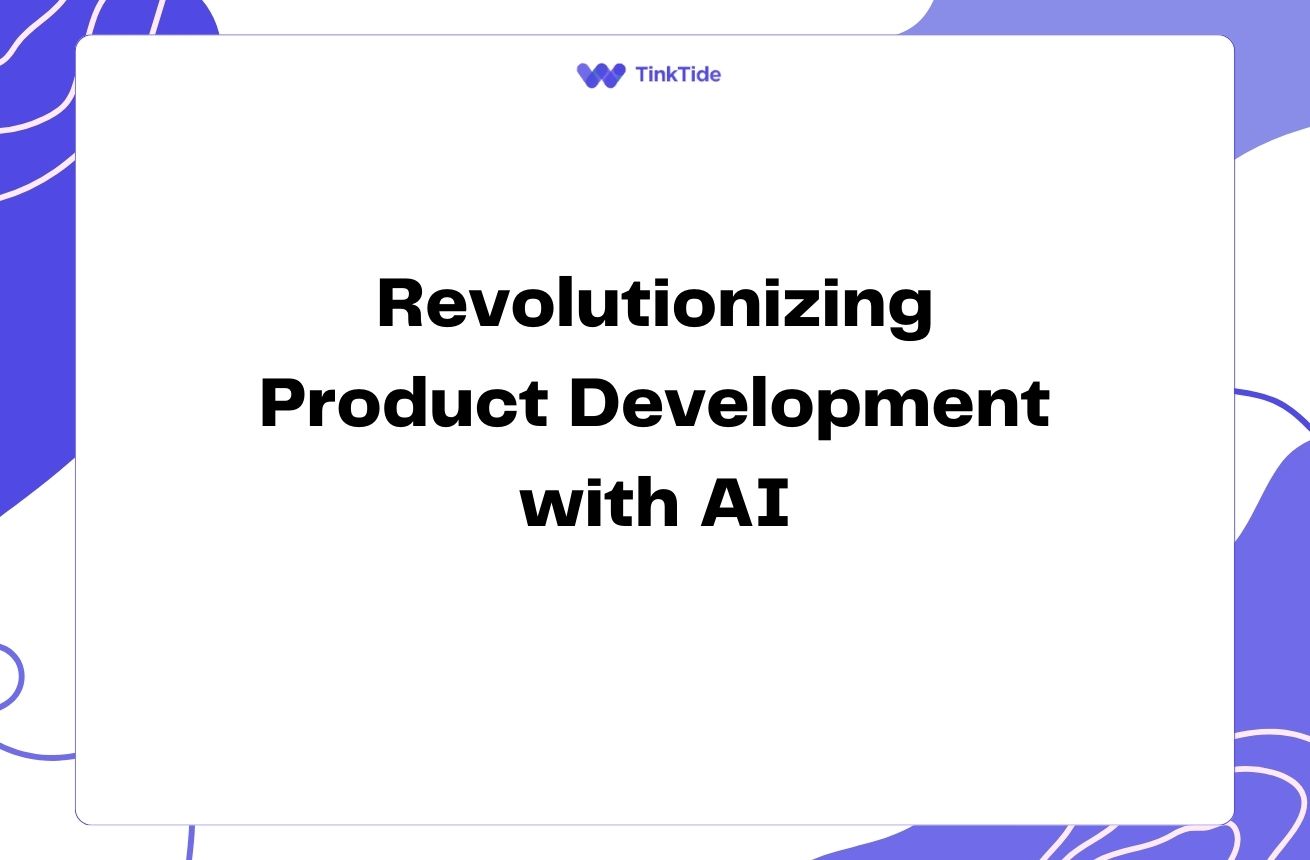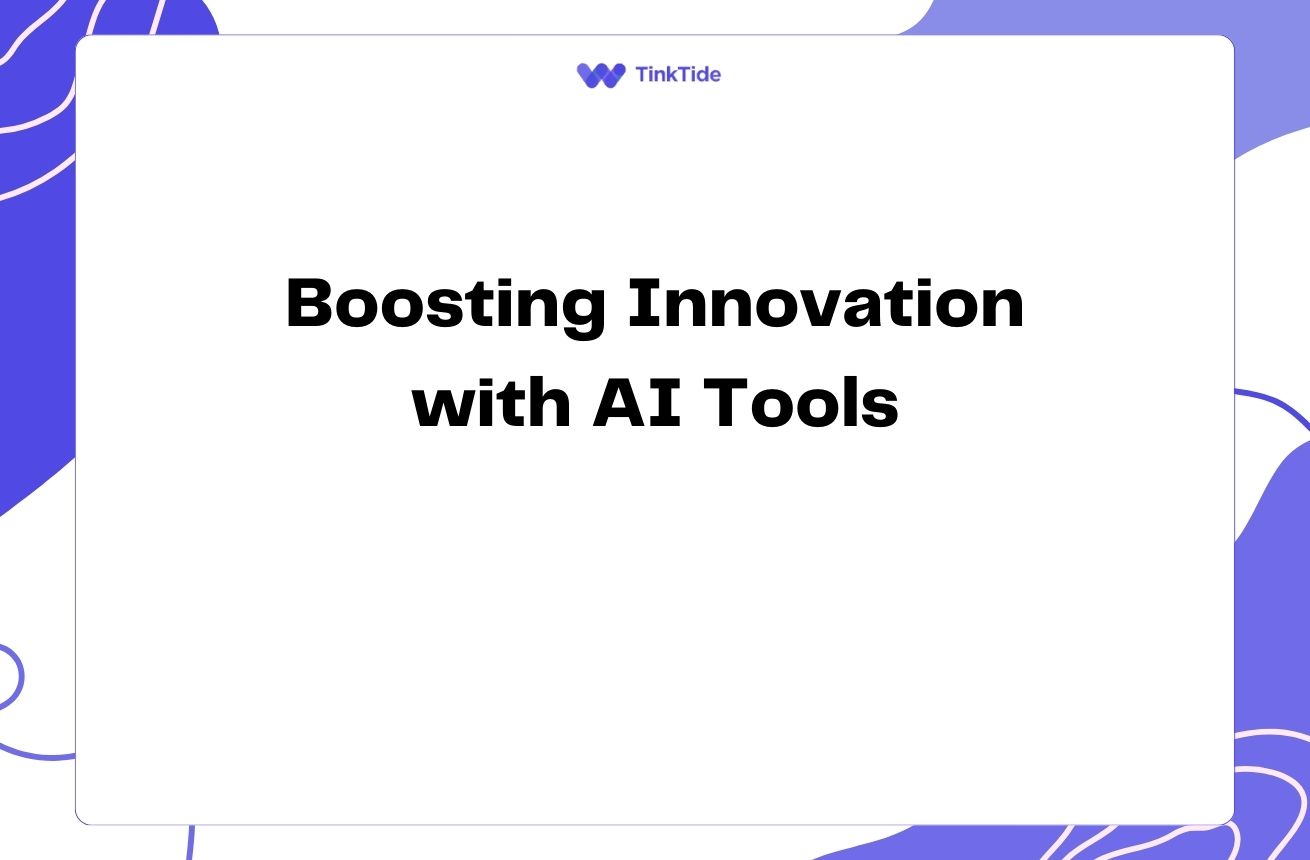Ideation Strategies for Innovative Educational Technologies
The Importance of Ideation in EdTech
In the rapidly evolving world of educational technology, innovative ideas are the lifeblood of progress. Effective ideation strategies can help developers, educators, and entrepreneurs create groundbreaking tools that revolutionize the learning experience. By employing creative thinking techniques, we can address the unique challenges faced by students and teachers in the digital age.
Ideation is not just about coming up with new ideas; it's about solving real problems in education. Whether it's improving student engagement, personalizing learning experiences, or streamlining administrative tasks, the right ideation approach can lead to transformative solutions. Let's explore some powerful strategies to fuel innovation in educational technology.
Before diving into specific techniques, it's crucial to understand the landscape of educational technology. Familiarize yourself with current trends, such as adaptive learning platforms, virtual reality in education, and AI-powered tutoring systems. This knowledge will provide a solid foundation for your ideation process.
Design Thinking: A Human-Centered Approach
Design thinking is a powerful framework for innovation that puts the user at the center of the development process. This approach is particularly effective in EdTech, where understanding the needs of students and educators is crucial.
- Empathize: Conduct interviews and observations with students and teachers to understand their pain points and desires.
- Define: Clearly articulate the problem you're trying to solve based on your research.
- Ideate: Generate a wide range of possible solutions without judgment.
- Prototype: Create quick, low-fidelity versions of your ideas to test concepts.
- Test: Gather feedback from real users and iterate on your designs.
By following this process, you ensure that your educational technology solutions are grounded in real user needs. For example, the popular learning management system Canvas was developed using design thinking principles, resulting in a user-friendly interface that addresses common pain points in online education.
Brainstorming Techniques for EdTech Innovation
Brainstorming is a classic ideation technique that can yield powerful results when done correctly. Here are some effective brainstorming methods tailored for EdTech innovation:
1. Mind Mapping: Start with a central educational challenge and branch out with related ideas. This visual technique can help you discover unexpected connections and solutions. Tools like MindMeister can facilitate digital mind mapping sessions.
2. SCAMPER: This acronym stands for Substitute, Combine, Adapt, Modify, Put to another use, Eliminate, and Reverse. Apply these actions to existing EdTech tools to generate new ideas. For instance, how might you adapt a language learning app to teach coding skills?
3. Reverse Brainstorming: Instead of thinking about how to solve a problem, consider how to cause it. This counterintuitive approach can lead to innovative solutions. For example, ask, 'How can we make online learning as ineffective as possible?' Then, reverse those ideas to improve the experience.
Collaborative Ideation in EdTech
Innovation in educational technology often requires diverse perspectives. Collaborative ideation techniques can help bring together insights from educators, technologists, and students.
One effective method is the 'World Café' technique. Set up multiple tables, each focusing on a different aspect of EdTech (e.g., accessibility, engagement, assessment). Participants rotate between tables, building on ideas from previous groups. This approach can lead to comprehensive solutions that address multiple facets of educational challenges.
Another powerful collaborative tool is the Worst Possible Idea technique. Encourage participants to come up with the worst solutions they can imagine. This removes the pressure of finding the 'perfect' idea and often leads to creative breakthroughs when you analyze why the bad ideas are so terrible.
Remember to create a safe space for idea sharing. Use digital collaboration tools like Miro or Mural for remote ideation sessions, ensuring that all voices are heard regardless of location.
Leveraging Technology for Ideation
In the spirit of EdTech innovation, it's fitting to use technology to enhance the ideation process itself. AI-powered tools can stimulate creativity and help generate unique ideas.
Platforms like OpenAI's GPT-3 can be used to generate prompts or expand on initial concepts. For example, you could input a basic idea for an educational app and ask the AI to suggest features or potential use cases.
Virtual reality (VR) and augmented reality (AR) can also be powerful ideation tools. Use VR to create immersive brainstorming environments that stimulate creativity. Or employ AR to visualize how new EdTech solutions might integrate into real classroom settings.
Don't forget about data-driven ideation. Analyze learning analytics and user behavior data from existing EdTech platforms to identify gaps and opportunities for innovation. Tools like Tableau can help visualize complex data sets and uncover insights that spark new ideas.
From Idea to Implementation
Once you've generated a wealth of ideas, the next challenge is selecting the most promising concepts and moving towards implementation. Here's a process to help you transition from ideation to action:
- Idea Evaluation: Use a scoring system to rate ideas based on criteria like feasibility, impact, and alignment with educational goals.
- Concept Development: Flesh out the top-rated ideas into more detailed concepts, considering technical requirements and potential challenges.
- Rapid Prototyping: Create quick prototypes to test core functionalities. Tools like Figma are great for creating interactive mockups of EdTech solutions.
- User Testing: Gather feedback from educators and students on your prototypes. Be prepared to iterate based on their input.
- Development Planning: Create a roadmap for full development, including timelines, resource requirements, and key milestones.
Fostering a Culture of Continuous Innovation
Innovation in EdTech shouldn't be a one-time event. To stay ahead in this rapidly evolving field, it's essential to foster a culture of continuous innovation within your organization or team.
Encourage regular ideation sessions and create channels for ongoing feedback from users. Consider implementing an 'innovation lab' where team members can experiment with new technologies and concepts without the pressure of immediate results.
Stay connected with the broader EdTech community through conferences, webinars, and online forums. Platforms like EdSurge provide valuable insights into emerging trends and challenges in the field.
Remember that some of the most innovative ideas come from unexpected places. Encourage cross-disciplinary collaboration and look for inspiration outside the traditional boundaries of education and technology.
Address common questions
As you embark on your EdTech ideation journey, you may encounter some common questions. Let's address a few of these to help you navigate the process more effectively:
How can we ensure our EdTech ideas are truly innovative?
To ensure innovation, start by thoroughly researching existing solutions. Look for gaps in current offerings and focus on solving unaddressed problems. Engage with educators and students to understand their evolving needs. Consider combining technologies in novel ways or applying solutions from other industries to education.
What if we lack technical expertise in our ideation team?
Diverse perspectives are valuable in ideation. Include educators, designers, and business experts alongside technologists. Use low-fidelity prototyping methods that don't require deep technical knowledge. Consider partnering with technical experts or EdTech startups to bring your ideas to life.
How can we balance innovation with educational efficacy?
Always keep learning outcomes at the forefront of your ideation process. Consult with educational researchers and align your ideas with established pedagogical principles. Plan for rigorous testing and evaluation of your EdTech solutions to ensure they genuinely improve learning experiences.
What are some common pitfalls in EdTech ideation?
Common pitfalls include focusing on technology for its own sake rather than solving real educational problems, ignoring the realities of classroom implementation, and failing to consider accessibility and inclusivity. Always ground your ideas in user needs and educational goals.
How often should we engage in EdTech ideation sessions?
Regular ideation sessions, perhaps quarterly, can help maintain a pipeline of innovative ideas. However, also create channels for continuous idea submission and feedback. The EdTech landscape evolves rapidly, so staying attuned to emerging trends and challenges is crucial.
How can we protect our innovative EdTech ideas?
While sharing ideas can lead to valuable feedback and collaboration, consider using non-disclosure agreements when discussing concepts with potential partners. For truly novel innovations, consult with intellectual property lawyers about patent protection. However, in many cases, rapid development and market entry can be more valuable than strict idea protection.
Provide additional resources
IDEO Design Thinking
Comprehensive guide to design thinking methodology
EdSurge
Leading source for news and information about education technology
Coursera: Design Thinking for Innovation
Online course on applying design thinking to business challenges
Miro Ideation Templates
Free templates for various ideation techniques
The EdTech Podcast
Weekly insights into the latest EdTech innovations and challenges
Innovate My School
Platform for sharing and discovering innovative ideas in education
Embracing the Future of EdTech Innovation
As we've explored, ideation in educational technology is a dynamic and crucial process. By employing a mix of structured techniques, collaborative approaches, and technology-enhanced methods, you can generate innovative ideas that have the potential to transform learning experiences.
Remember that the most impactful EdTech solutions often arise from a deep understanding of educational challenges combined with creative problem-solving. Stay curious, remain open to diverse perspectives, and never stop questioning how technology can enhance teaching and learning.
As you move forward with your EdTech ideation journey, keep the end-users—students and educators—at the heart of your process. Your innovative ideas have the power to shape the future of education, making learning more accessible, engaging, and effective for learners around the world.
Ready to Turn Your EdTech Ideas into Reality?
Start building your innovative educational technology solution today.
Start Your Free Trial

